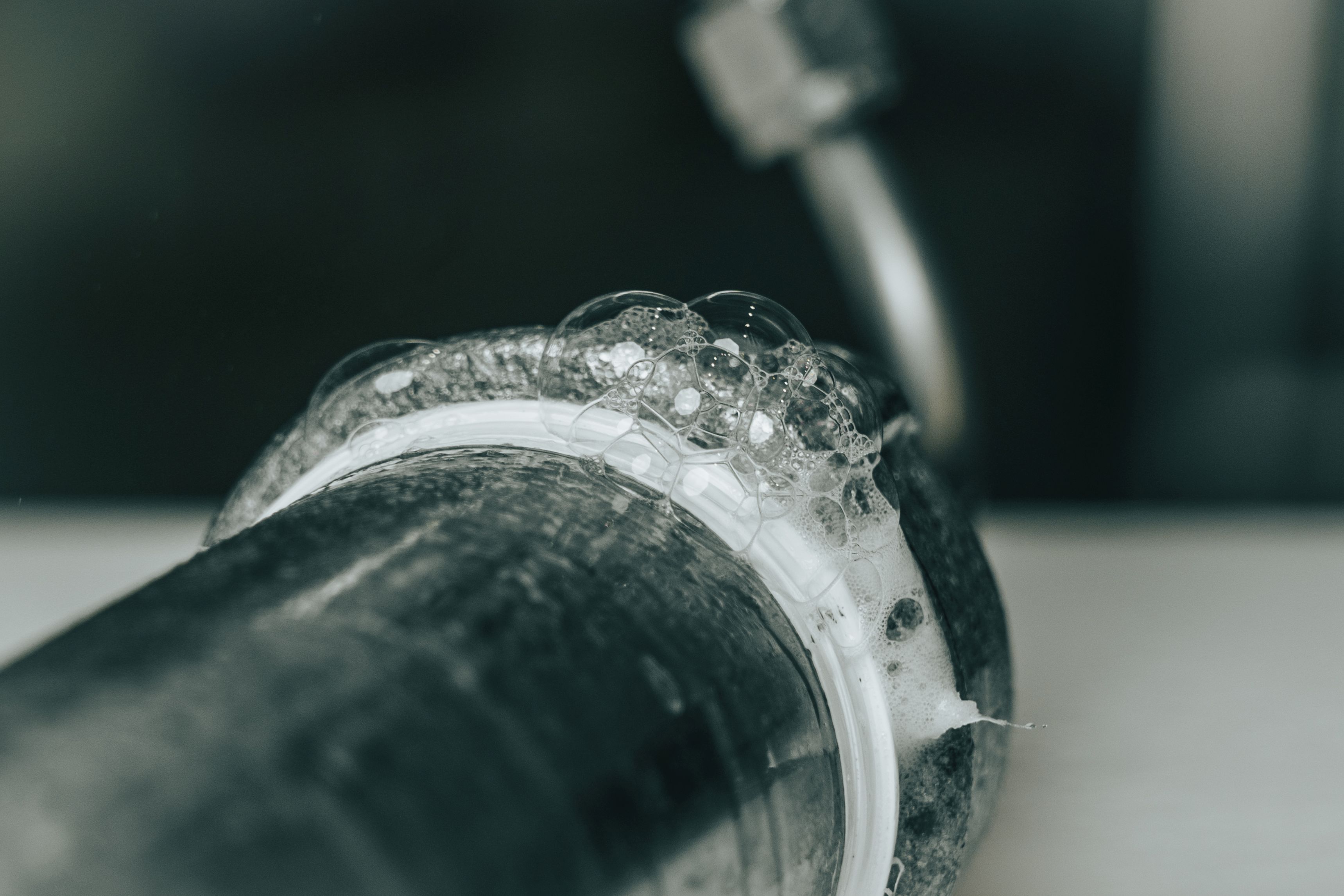


Materials for gas-conducting components and auxiliary supplies that are primarily used in gas supply and gas installation are tested according to national and international standards in the Test Laboratory Gas.
Besides testing non-metallic materials, such as used elastomers as sealing and diaphragm materials, gaskets based on synthetic fibres, graphite, PTFE or cork rubber as well as liquid gas, laboratory and safety hoses and corrosion protection coatings, testing also extends to auxiliary supplies, such as lubricants for gas fittings, sealants and leak detection compounds as well as odorants.
To study how hydrogen interacts with materials, we develop test methods and conduct tests with hydrogen and hydrogenated natural gas (e.g. permeation tests).
Our employees collaborate in research programmes to establish the basis for test standards. The most recent research projects are:
Our offer is aimed at manufacturers of elastomers, seals, lubricants, sealants, leak detectors, etc. who are seeking DVGW certification or who want to consider the interaction with new energy sources.
Our work is:
We can support you with many questions regarding the following points:
The specialist material testing laboratory of the Test Laboratory Gas has test equipment for, among other things:
Find out about the organisations with which the research center is accredited here
Bildmotiv Seitenanfang: © Matthias Bitsch